The OP stated in a comment that this would be used to build a menu system, so I have written some code that converts the array of arrays into a more comprehensible data structure, builds a nested list (suitable for using as a menu), and populates the list items with data from a second array of $content. For the real thing, the data in $content can be a set of links or whatever is desired.
# input array
$array = array(
0 => array(
0 => 1,
1 => 3
),
1 => array(
0 => 3,
1 => 5
),
2 => array(
0 => 3,
1 => 7
),
3 => array(
0 => 3,
1 => 9
),
4 => array(
0 => 1,
1 => 10
),
5 => array(
0 => 10,
1 => 15
));
# associative array of node IDs and the node contents
# obviously for a menu, the node contents will probably be links
$content = array(
1 => 'ape',
3 => 'bear',
5 => 'cow',
7 => 'dog',
9 => 'elephant',
10 => 'frog',
15 => 'giraffe'
);
$tree = [];
# simplify the parent-child
foreach (array_values($array) as $a) {
$tree[ $a[0] ][ $a[1] ] = 'value';
}
$roots = get_root($array);
# start our initial list...
$str = '<ul>';
foreach (array_keys($roots) as $r) {
$str .= build_tree( $tree, $content, $r );
}
$str .= "</ul>";
echo $str;
/**
* build_tree($tree, $content, $n)
*
* builds an html representation of a tree using $tree, a data structure
* containing parent-child relationships, $content, the content of each
* node of the tree, and $n, the current node in the tree. Calls itself
* recursively when it encounters a subtree to be built
*
* @param array $tree
* @param array $content - assoc array of
* @param string $n - current node in the tree
* @return string $html representing the tree
*/
function build_tree($tree, $content, $n) {
$html = "<li>node id: $n; ".$content[$n]."</li>";
# does $n exist in $tree -- i.e. does it have a child?
if ( isset($tree[$n]) ) {
# if so, start a new nested list
$html .= '<li><ul>';
# for each of the children of $n, our parent node,
# run the build_tree code to create the html
foreach (array_keys($tree[$n]) as $node) {
$html .= build_tree($tree, $content, $node);
}
$html .= '</ul></li>';
}
return $html;
}
/**
* get_root ( $input )
*
* input array format:
* 0 => [ 0 => parent_node_id, 1 => child_node_id ],
* 1 => [ 0 => parent_node_id2, 1 => child_node_id2 ],;
*
* takes an associative array of parent-child relationships
* and makes two arrays, one containing all the parent nodes,
* and one containing the child nodes. The root nodes are
* those that appear in the parent node array but not the
* child node array.
*
* @param array $input
* @return array $r - assoc arr. with root nodes as keys
*/
function get_root ($input) {
$p = [];
$c = [];
$r = [];
foreach ($input as $k => $v) {
$p[ $v[0] ] = 1; # parent node
$c[ $v[1] ] = 1; # child node
}
# find the array items in $p that aren't in $c
foreach ($p as $k => $v) {
if (! isset($c[$k]) ) {
$r[$k] = 1;
}
}
return $r;
}
Results of the above code (test it using this online demo):
- Node ID: 1; content: ape
-
- Node ID: 3; content: bear
-
- Node ID: 5; content: cow
- Node ID: 7; content: dog
- Node ID: 9; content: elephant
- Node ID: 10; content: frog
-
- Node ID: 15; content: giraffe
The raw HTML (run through HTML tidy):
<ul>
<li>Node ID: 1; content: ape</li>
<li>
<ul>
<li>Node ID: 3; content: bear</li>
<li>
<ul>
<li>Node ID: 5; content: cow</li>
<li>Node ID: 7; content: dog</li>
<li>Node ID: 9; content: elephant</li>
</ul>
</li>
<li>Node ID: 10; content: frog</li>
<li>
<ul>
<li>Node ID: 15; content: giraffe</li>
</ul>
</li>
</ul>
</li>
</ul>
